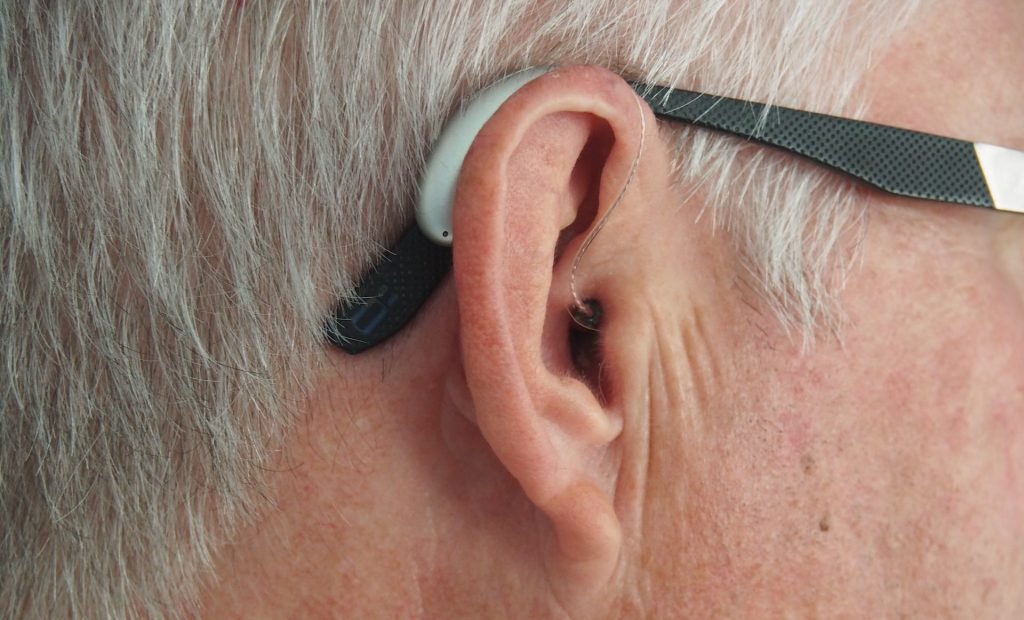Hearing aids are one of the most expensive personal items you’ll ever purchase.
But you can take steps to cut costs without sacrificing quality. These strategies include finding discounts, financing, rebates and payment plans.
Ask About Discounts
One of the best ways to save on your new hearing aids is to ask about discounts. Your insurance company or other large organizations such as AARP, AAA, or your employer’s employee benefits plan may offer these. These may include a discount on your hearing devices or free or reduced-price services like testing and fitting.
To get the most out of these savings, be sure to shop around for the best deal. While this isn’t a foolproof approach, it can help you save hundreds of dollars and avoid costly surprise bills.
Lastly, ask your local hearing provider about their top-of-the-line products and services. Many clinics will offer special discounts to their most loyal customers or will be able to suggest other options to meet your needs.
Ask About Financing
One of the best ways to save on hearing aid costs is to look into financing options. You can find various financial options, including personal loans and credit cards.
Ask your audiologist about any special financing or payment plans they offer. This can help you save on the Phonak hearing aids cost and can also be a great way to ensure that you get the best device for your needs.
You can also find various finance options through insurance companies, healthcare systems and employers. For example, many health insurance plans offer a flexible spending account (FSA), which lets you save tax-free money to pay for out-of-pocket healthcare expenses.
Another option is to look into a home equity line of credit, which can be used to purchase a hearing aid. This option is similar to taking out a second mortgage and may be more affordable than a personal loan.
Finally, check with your insurance provider if they offer hearing aid benefits. Some plans provide discounts to consumers when they use certain providers, while others allow a specified allowance.
Ask About Rebates
Hearing aids can be costly, but there are a few ways to save on your purchase.
Check with your employer or benefits coordinator to determine if your health plan offers rebates on hearing aids. Many healthcare systems, teacher retirement groups and city and state government employee groups provide this benefit to their members.
If you don’t have insurance coverage, you can still get a hearing aid at a reduced price by shopping around. The best way to do this is to ask your hearing care professional for the unbundled price or the itemized breakdown of costs.
Then, compare that to the local clinics’ prices. This can help you determine which clinics have the lowest costs.
You can use your high-deductible health insurance to pay for hearing aids with a health savings account (HSA) or flexible spending account. However, this can be a complicated process and requires a lot of paperwork, so it’s best to do it with the assistance of an HSA or FSA expert.
Ask About Payment Plans
Many audiologists offer payment plans that allow users to spread out the cost of their hearing aids over time. Often, these plans include no interest and are available for less than $40 a month, depending on the hearing aid model.
Another option for financing is to use a credit card. Most credit cards offer entry interest rates of zero percent for new customers.
A credit card will allow you to make monthly payments toward the balance and avoid interest charges. However, ensure you can afford the costs and make them on time.
In addition, some healthcare systems and employer and union groups offer additional savings for members to help them pay for their medical costs. Be sure to check with your employer to see if you are eligible for these benefits and how much they cover.
Some health insurance companies also have negotiated discounts with hearing care providers to help patients save on their overall purchase price of hearing aids. Those discounts may be valid for several years.
Ask About Insurance
If you need hearing aids, there are several insurance options to consider. Many employer-based health plans, retirement systems and state-run employee groups offer a hearing-aid benefit. Check with your employer or benefits coordinator if your program provides coverage.
Some insurers require you to pay a co-pay or a maximum amount based on your specific policy. These payments can range from a few hundred dollars for a standard hearing aid to $2,000 or more for top-of-the-line devices.
In addition, some plans allow you to use a health savings account (HSA) or flexible spending account (FSA) to cover the costs of your hearing aids with pretax dollars.
Finally, Medicare Part C plans may cover hearing aids as a benefit. It is essential to know the criteria for coverage and to shop carefully.
Insurance is a complex and confusing topic, but it’s also a vital tool to help you save on hearing aid costs. Insurance works like a large rainy day fund that pools the risks of people who buy policies from insurance companies. Insurance pays the insured, or a designated recipient called a beneficiary, when something wrong happens based on the policy terms.

